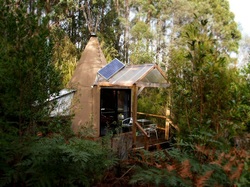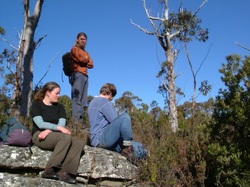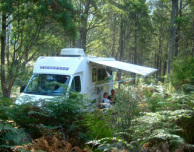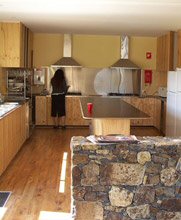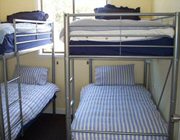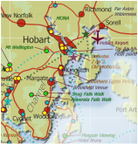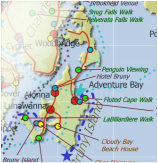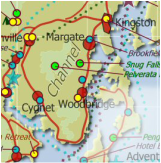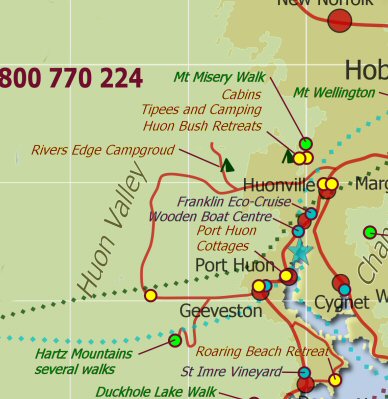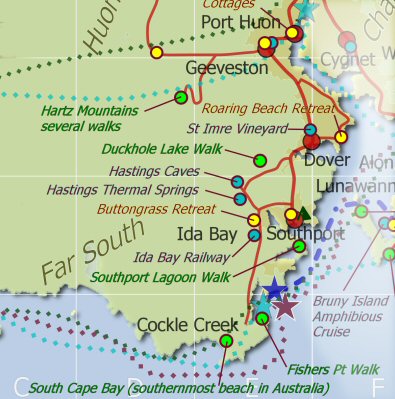For backpackers who prefer nature and a relaxed adventure to the alcohol fuelled parties of the big city hostels, Hostels in the Huon Valley, Tasmania, provide nature based activities and quieter accommodations. including a secluded bush retreat, with deluxe tipees and campsites, ideal for couples or small groups. The Huon Valley is a land of waterways, wilderness and wildlife. This is your one stop shop to plan and book your Huon Valley Escape.
Working Backpackers' Hostel in Huonville
For current information relating to jobs please email directly to [email protected].
If you have a work visa and want fruit picking and other seasonal work, we are conveniently located on the main road in Huonville, we are15 minutes walk from supermarket and all the banks in town, and a short walk or bicycle ride to many of the orchards and processing sheds located nearby.
Our aim is to provide a cosy home away from home environment for all our guests, our facilities include:
• Proximity to local orchards and assistance with finding seasonal work
• Proximity to local shops and transport
• Modern well appointed kitchen
• Individual food lockers in kitchen
• Comfortable living room
• 42 in-wall mounted LCD TVs
• DVD player
• Outdoor deck and dining with BBQ
• Unlimited gas boosted solar hot water
• Limited grass camping area
• Limited off street parking
• Five terminal internet access
• WIFI connection
• Free bed linen and duvet
• Individual bed reading light
• 2nd hand bicycles for sale or rent
• Clothes washing / drying facilities
Our aim is to provide a cosy home away from home environment for all our guests, our facilities include:
• Proximity to local orchards and assistance with finding seasonal work
• Proximity to local shops and transport
• Modern well appointed kitchen
• Individual food lockers in kitchen
• Comfortable living room
• 42 in-wall mounted LCD TVs
• DVD player
• Outdoor deck and dining with BBQ
• Unlimited gas boosted solar hot water
• Limited grass camping area
• Limited off street parking
• Five terminal internet access
• WIFI connection
• Free bed linen and duvet
• Individual bed reading light
• 2nd hand bicycles for sale or rent
• Clothes washing / drying facilities
This operator is not part of the Huon Valley Escapes instant online booking system. Please use the email button to contact directly.
Backpacker Hostel
in Huonville
1-6 nights: $28
7-30 nights: $23
4 weeks or more in low season: $100 per week
Main Feature: Budget
in Huonville
1-6 nights: $28
7-30 nights: $23
4 weeks or more in low season: $100 per week
Main Feature: Budget
Backpacker Special
|
Home
|
Choose
|
Getting to Tasmania
|
Help
|
About Us
|
